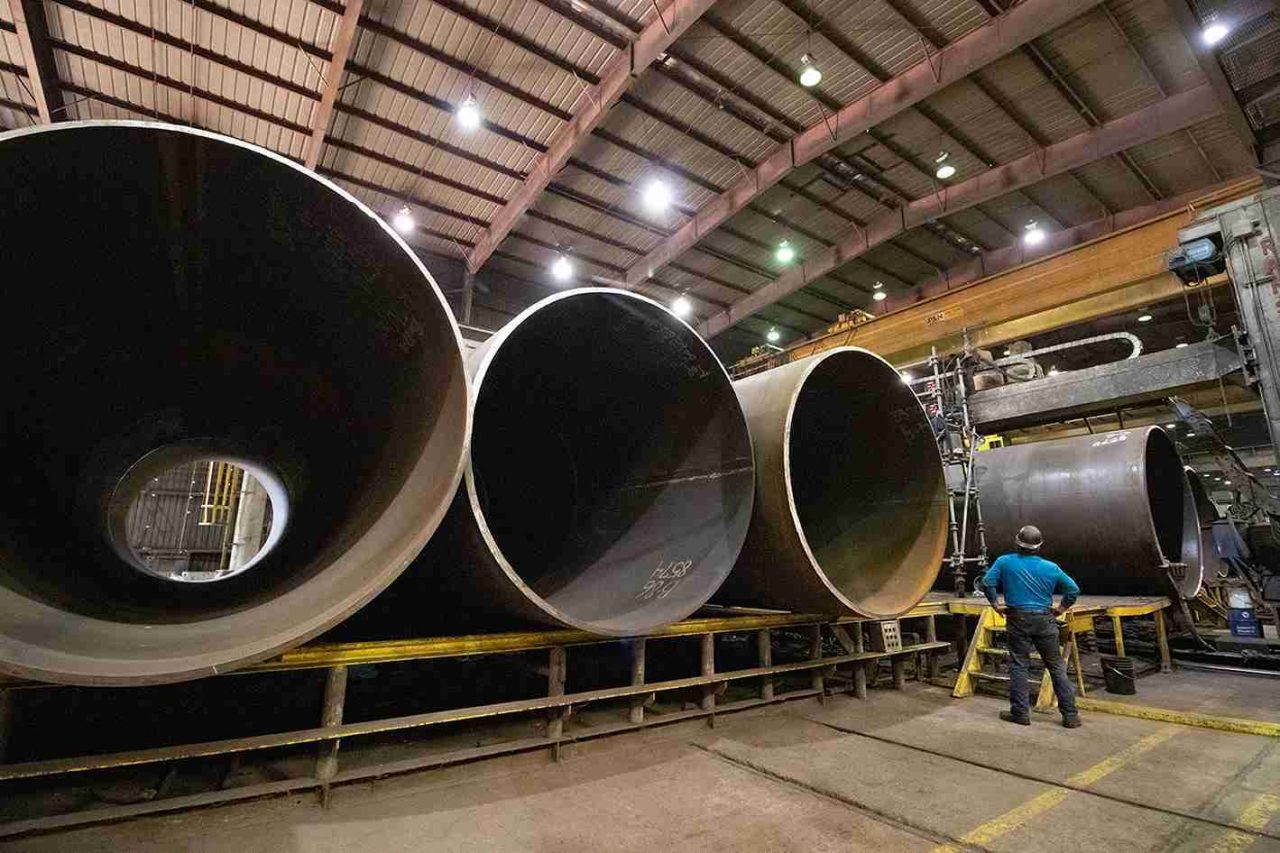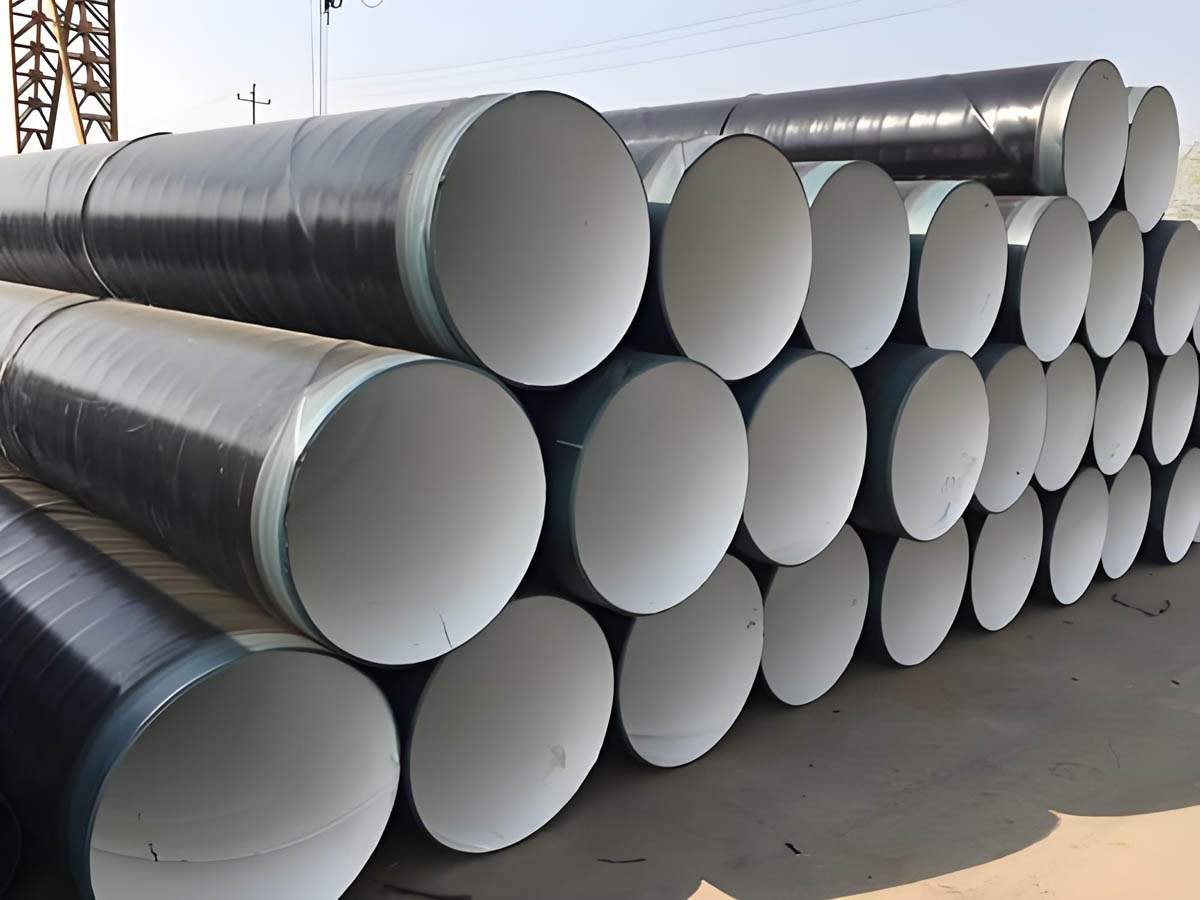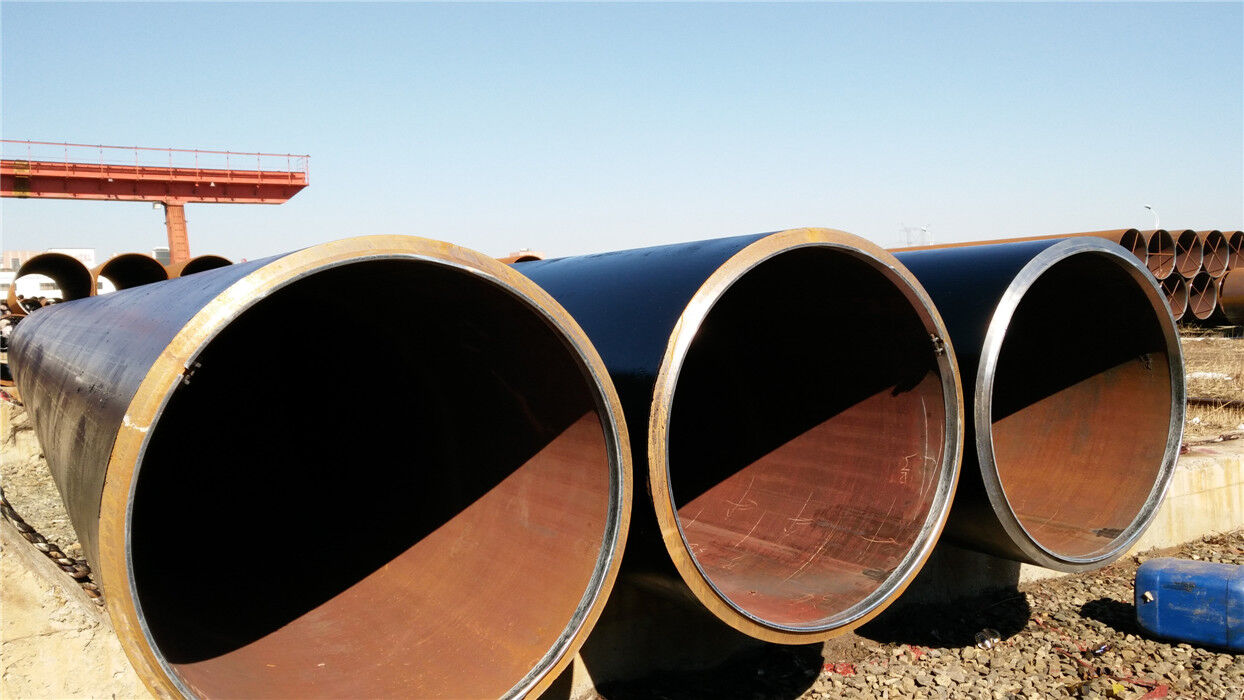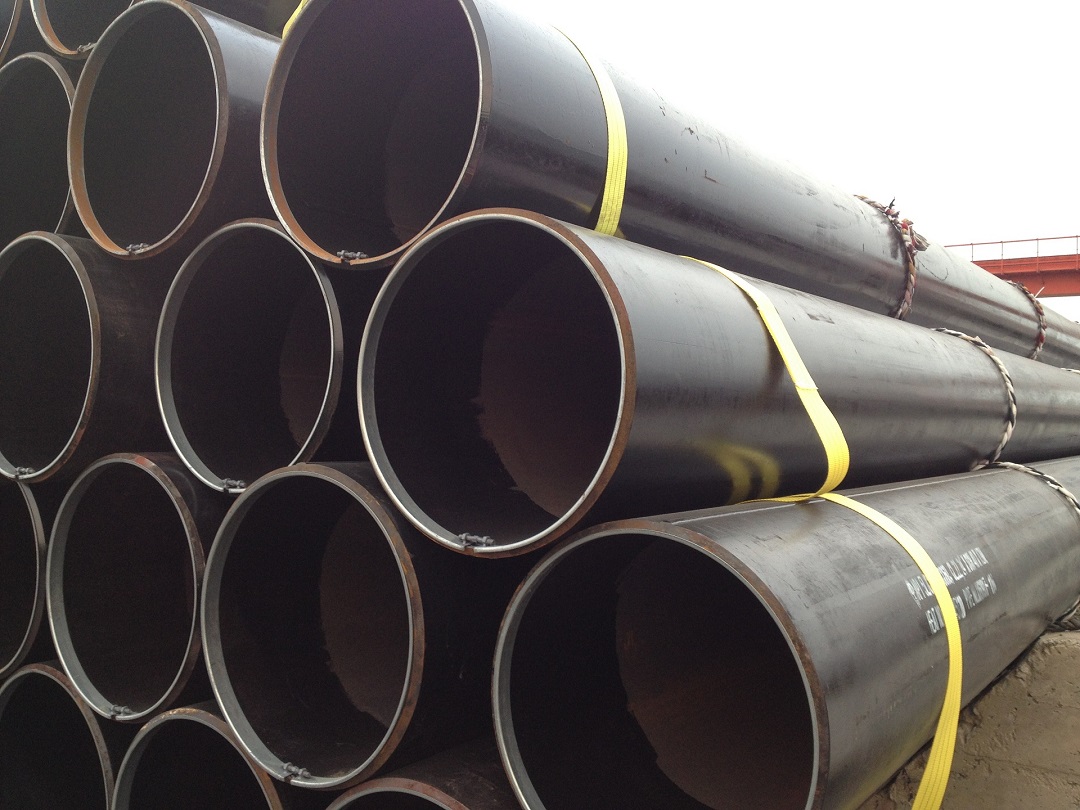LSAW Steel Pipe (Longitudinally Submerged Arc Welding Pipe)
Longitudinally Submerged Arc Welding Pipe is subdivided into UOE, RBE, JCOE steel pipe according to its different forming methods. Longitudinal high-frequency welded steel pipe has the characteristics of relatively simple process and fast continuous production, and has wide use in civil construction,petrochemical, light industry and other sectors. Mostly used to transport low pressure fluids or made into various engineering components and light industrial products.
LSAW steel pipes
LSAW steel pipes, whether produced through UOE, JCOE (Press Bending), or JCOE (Roll Bending) methods, are integral to various industrial applications due to their high strength, dimensional accuracy, and compliance with numerous international standards. Each manufacturing process has its unique advantages, making these pipes suitable for transporting fluids and gases, as well as for use in structural and engineering projects.
DSAW Pipe
DSAW pipes are an excellent choice for demanding applications due to their manufacturing precision, strength, and versatility. Whether straight or spiral welded, these pipes meet stringent industry standards and are a reliable solution for transporting fluids and gases under high pressure.
ASTM A252 LSAW & DSAW Steel Pipe
ASTM A252 LSAW and DSAW steel pipes are excellent choices for piling foundations and structural supports due to their strength, durability, and high-quality manufacturing processes.
EN 10219 Welded steel pipe | 10219 LSAW & DSAW
EN 10219 LSAW and DSAW steel pipes are essential in various structural and engineering applications due to their high strength, durability, and precise manufacturing processes. These pipes provide reliable performance in demanding environments, making them an excellent choice for construction, infrastructure, and mechanical applications.
SAWL Steel Pipe
SAWL steel pipes are a reliable choice for high-pressure and structural applications due to their strong, continuous longitudinal welds and versatility in manufacturing. When selecting these pipes, it’s essential to consider the specific requirements of your project, including the pressures involved and environmental conditions, to ensure the integrity and longevity of the pipeline system.






